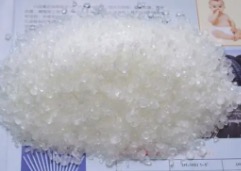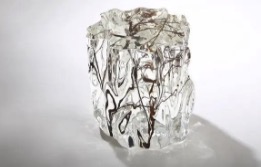An article that takes you to a comprehensive understanding of resins
What is a resin? It is described in Baidu Encyclopedia: the relative molecular weight is uncertain but usually high, and it is a solid, medium solid, pseudo-solid, and sometimes liquid organic substance at room temperature. It has a softening or melting temperature range, has a tendency to flow under the action of external force, and is often shell-shaped when broken. In a broad sense it refers to a polymer or prepolymer used as a plastic substrate. Generally insoluble in water, soluble in organic solvents. According to the source, it can be divided into natural resin and synthetic resin; according to the different characteristics of its processing behavior, it can be divided into thermoplastic resin and thermosetting resin.
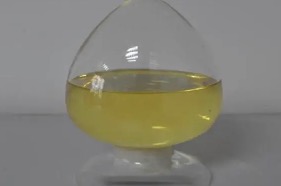
The properties of natural resin pre-synthetic resin are very different, mainly: both natural resin and synthetic resin are soluble in some organic solvents, synthetic resin is insoluble in water, natural resin is generally insoluble in water, but in alkali, surfactant and other chemicals It is soluble in water under the action of the product. From the point of view of washing, natural resins are neither resistant to dry cleaning nor washing; synthetic resins are resistant to washing, although the resistance to organic solvents is poor, but better than natural resins.
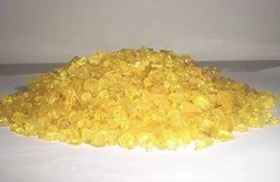
Taking natural resins as an example, trees, cotton, hemp, animal fur, and silk are all resins. These substances are all polymer compounds and are naturally formed (or naturally synthesized). The amorphous organic substances secreted by natural animals and plants, such as rosin, amber, shellac and other resins, are naturally synthesized. Synthetic resins are polymer compounds obtained from coal (coal tar) and petroleum by polymerization or condensation. The earliest resin discovered by humans is a fatty substance secreted from trees, composed of various components, such as rosin. Because "fat" comes from "tree", it is named resin. Synthetic polymer compounds, that is, synthetic resins, continue to use the name resin after their advent.
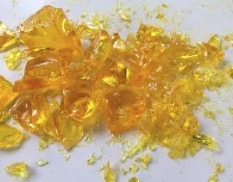
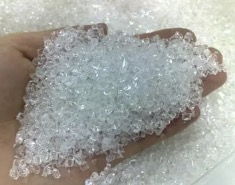
The difference between thermoplastic resins and thermosetting resins, in simple terms, thermoplastic resins refer to resins that can be repeatedly heated and cooled, and their properties remain unchanged. This resin can be used and recycled repeatedly, resulting in defective products and defects. The product can be reprocessed and used, which can reduce the production cost. Polyphenylene sulfide (PPS) is a high-performance thermoplastic resin. Thermosetting resins are the opposite of thermoplastic resins. Thermosetting resins refer to resins that become solid when heated to a certain temperature, and will not melt/melt even if the heating temperature rises after curing.

At present, the application of thermosetting resin composite materials is very extensive, and the molding and manufacturing of thermoplastic resin matrix composite materials is relatively complicated and difficult, so it is limited to military and high-end products. Compared with thermoset resin composites, the main advantages of high performance thermoplastic resins and their composites are recyclable and reusable, fairly high tensile strength and modulus, excellent toughness, impact resistance and damage tolerance, unlimited During the storage period, the volatile content is low.
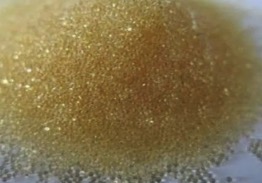
Thermosetting resin is a chemical change after the resin is heated, which gradually hardens and forms, and does not soften or dissolve when heated. The molecular structure of thermosetting resin is body type, which includes most of the condensation resins. The advantages of thermosetting resin are high heat resistance and not easy to deform under pressure. The disadvantage is the poor mechanical properties. Thermosetting resins include phenolic, epoxy, amino, unsaturated polyester and silicone ether resins.
